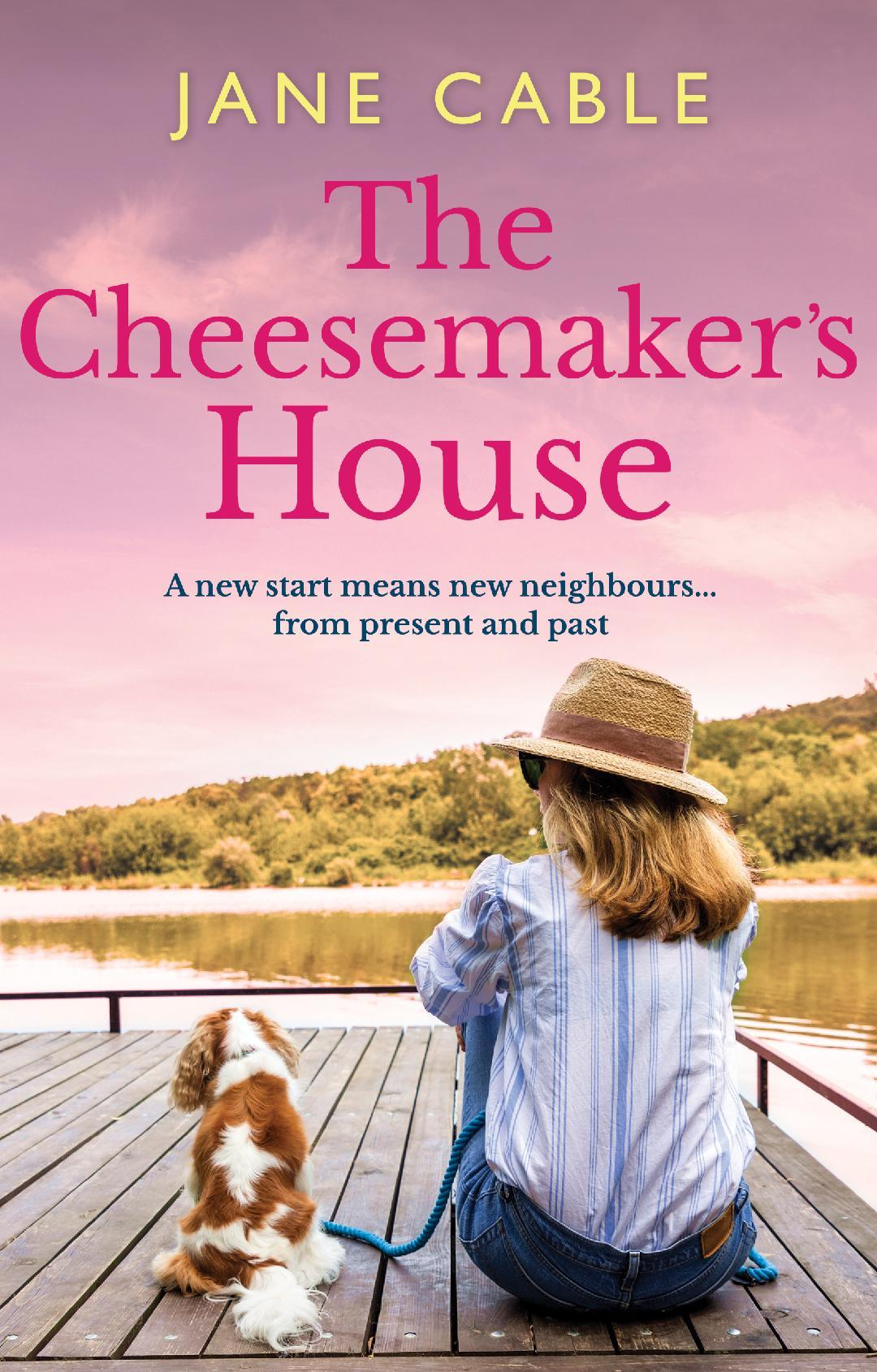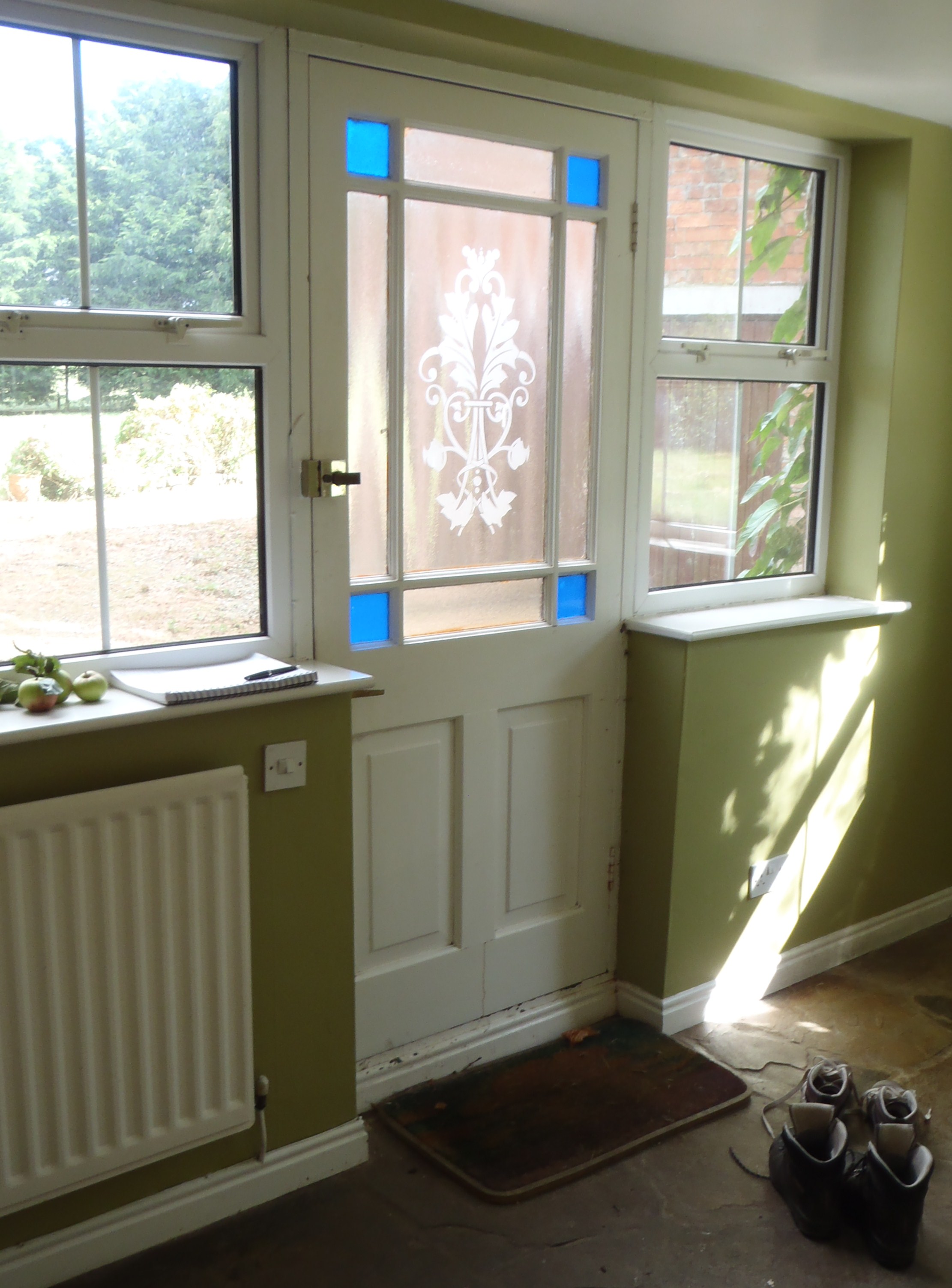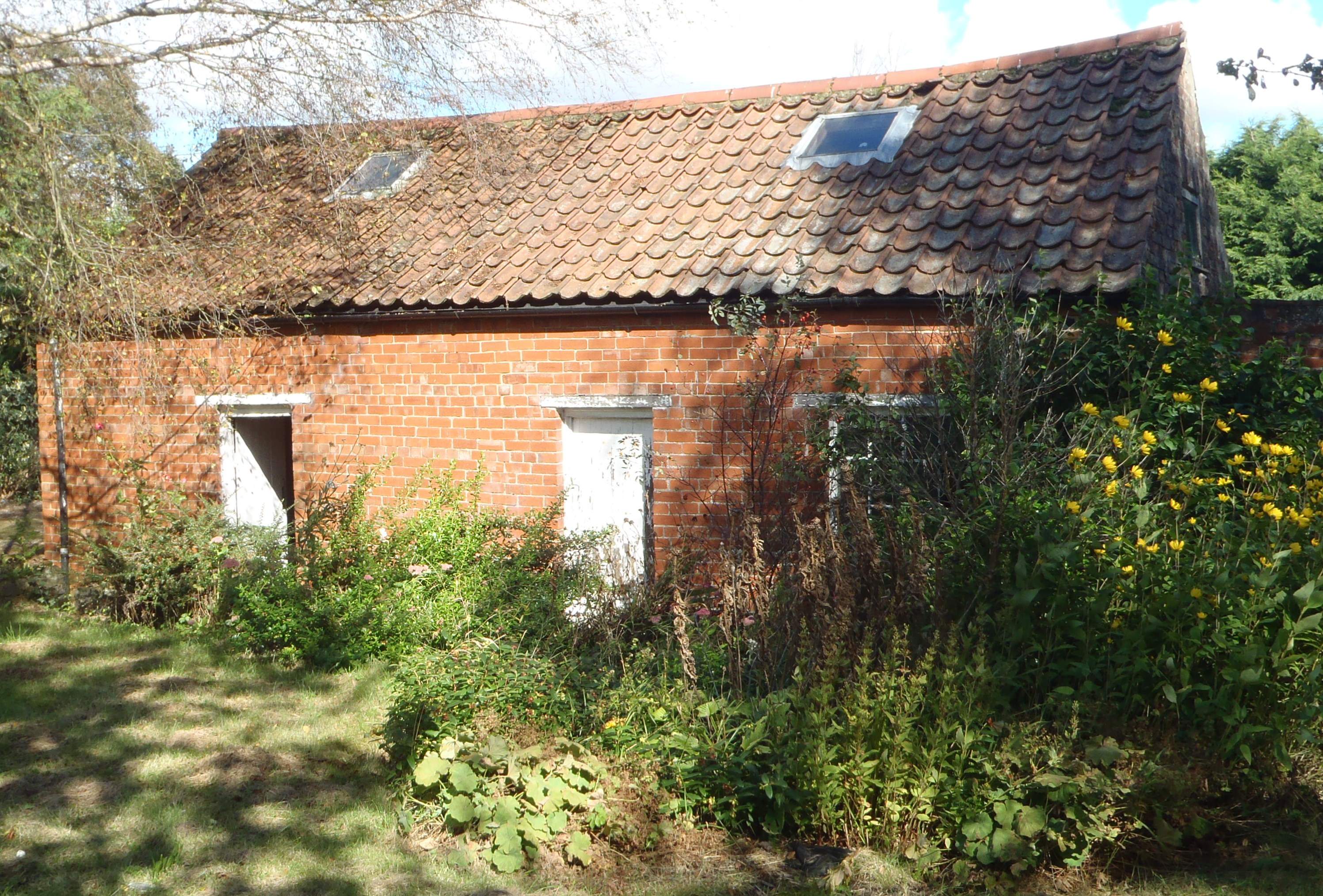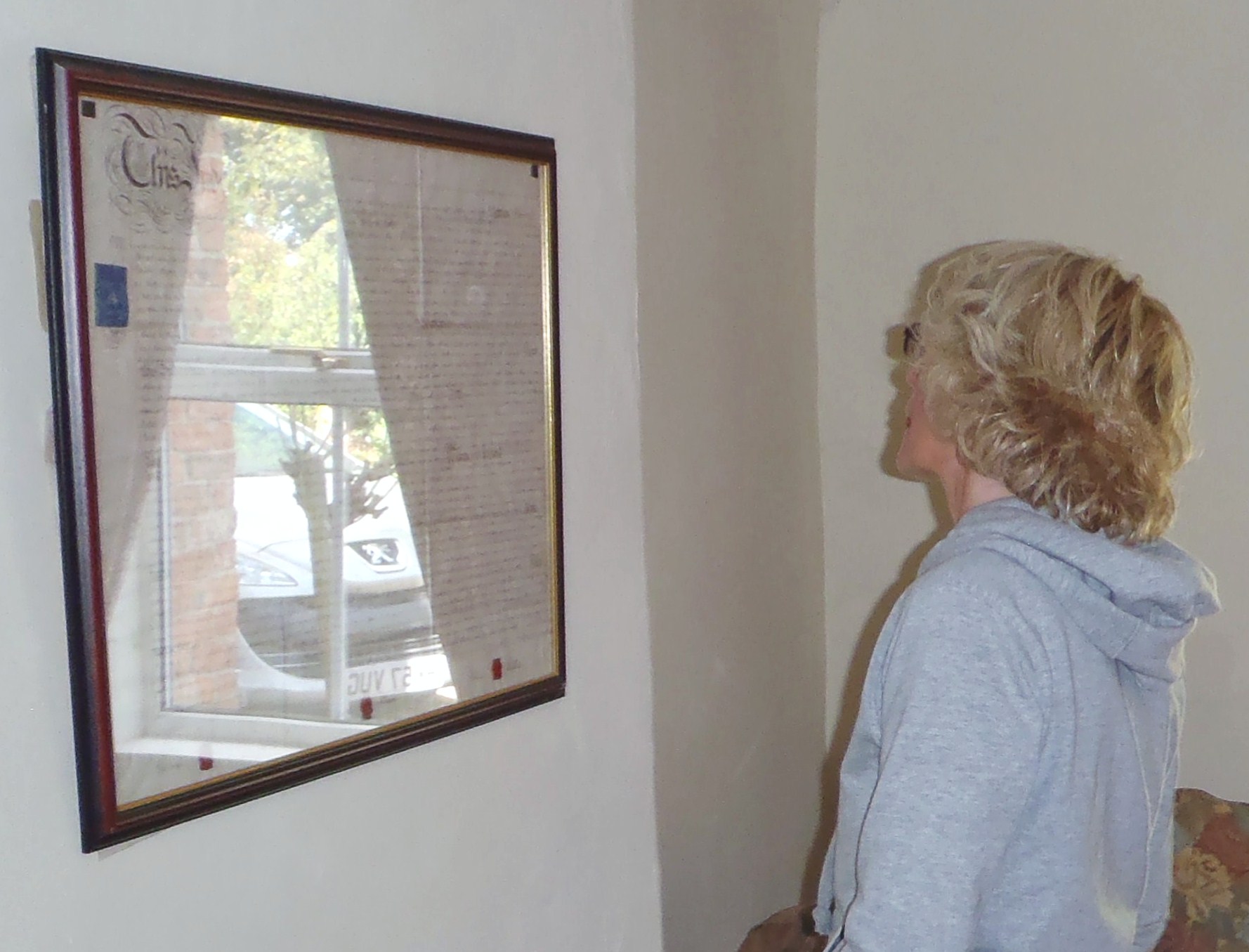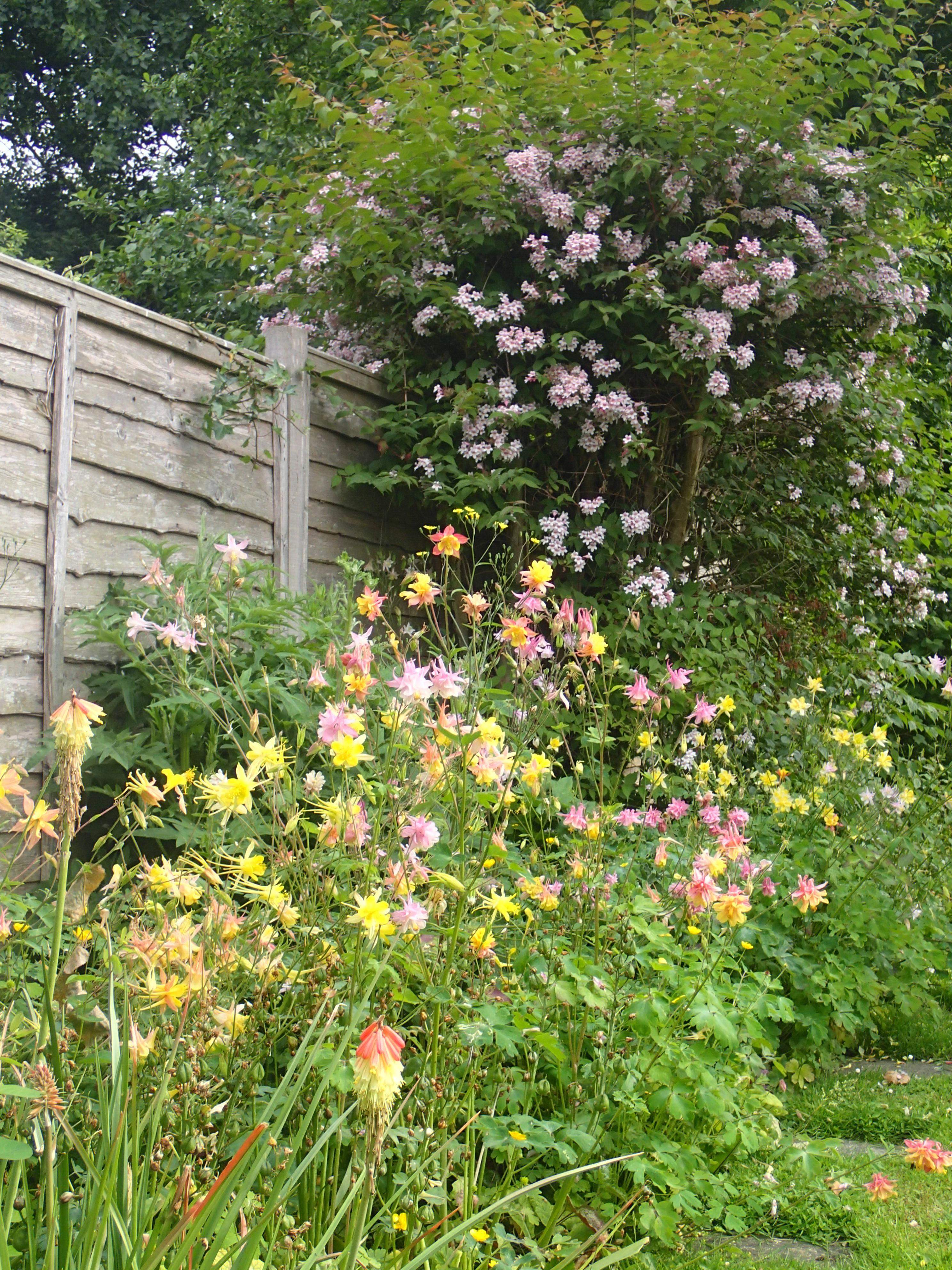The Cheesemaker's House
Northallerton, Yorkshire
A new start means new neighbours, from present and past…
When Alice discovers her husband has been cheating there are just three things she wants; their gorgeous second home in Yorkshire, their spaniel William, and a quiet life.
But no sooner than she arrives in Great Fencote, strange things begin to happen. A skinny-dipping swimmer disappears without trace, only to pop up behind the counter of a local coffee shop. Someone seems to be crying at night, but she can’t work out who. And equally unsettling is the incredibly sexy builder she employs to turn her barn into a holiday let.
Old houses hide old secrets, but is The Cheesemaker’s House ready to share the tragedy in its past? And can Alice, café owner Owen, and builder Richard, find a way to lay its ghosts to rest for once and for all?
"I desperately want to find out about Owen; a fascinating character... the gift here is to make you want to read on." Jeffery Archer
"I loved the fact that the initial mystery posed is one that I could not think of a possible solution for, so that really got me hooked." Sophie Hannah
"Jane Cable's first novel is intriguing from the first page, to the last." The Lady
"I loved the fact that the initial mystery posed is one that I could not think of a possible solution for, so that really got me hooked." Sophie Hannah
"Jane Cable's first novel is intriguing from the first page, to the last." The Lady
The story behind the story
Undoubtedly The Cheesemaker’s House began with the house itself. In 2006 my husband’s job moved to Manchester and we spent the best part of a year commuting alternate weekends and falling in love with the north of England, Yorkshire especially. After a great deal of heart searching we decided we would look for a home there and almost at once stumbled upon the house of our dreams. We had to have it.
In the way of house purchases it took six months to go through and finally became ours on Friday 8th June 2007. It also had readymade tenants – a local couple who moved in for a few months so that the chain could complete – and ended up staying for five years. On Monday 11th June my father died and it became obvious over the next few months that relocating to Yorkshire just wasn’t feasible in the short term.
On the dining room wall of the house was a framed lease belonging to one of the previous owners, and knowing I had been really interested in this the family who we bought the house from passed some other documents on to me and I began to piece together the story of the house. It had been built by a woman – the village cheesemaker – in 1726, and had been owned by an unusual number of women throughout its history. What would a woman coming to live here now make of it, I wondered.
I knew I didn’t want to write an historical novel but I still needed to do some research about what life would have been like at the time the house was built. Information on rural life in the 1720s was thin on the ground so I turned to my father’s library of folklore books, and there I found a reference to charmers. Once important but now almost forgotten, another idea slotted into place and The Cheesemaker’s House was on its way.
For me the setting for a book is almost a character in its own right – and for The Cheesemaker’s House, where the reader is asked to travel seamlessly from present to past, having a solid setting was most important. The layout of the real house, garden and barn are exactly as Alice finds them when she first moves in. As is its position on the village green. Although I had only visited the house a few times it was stamped indelibly on my mind. Through Alice I came to live there myself, which made it incredibly hard to say goodbye when we finally came to the decision to put it on the market.
Most of the action takes place in the village of Great Fencote and the surrounding countryside, a beautiful stretch of farmland on the western banks of the river Swale, with the Yorkshire Moors rising in the distance behind it. Some of the places are real; St Andrews Church, the Black Horse pub in Kirkby Fleetham, to name a few. Others are not. Locals will be quick to point out that there is no vicarage in Great Fencote and no old bridge over the Swale, but that’s the joy of fiction – if you need somewhere, you can pluck it from your imagination.
The market town of Northallerton features prominently. It is one of the friendliest places I have ever visited and I am sure Alice would have been made very welcome there. Barkers department store exists and I remembered an alleyway of shops nearby – no Caffe Bianco, sadly. But I was slightly spooked on a visit to the town after the book was finished to discover a tea room only a few streets away in a similar location.
